Italy's hidden Arabic heritage
Italy is famous for delicious food, rich history and remarkable art. It also possesses more World Heritage Sites than any other country in the world and is home to priceless ancient monuments amidst its dreamy landscapes, mesmerising coasts and enchanting mountains. As a stronghold of Christianity and the seat of the Catholic church, the Islamic influences on Italy may not be immediately obvious, but if you know where to look, you will be led to a cave full of Islamic treasures. Italy's geopolitical position in relation to the Muslim world makes it impossible to imagine an Italy without ties to Islam.
Rome
Arab attempts to conquer Rome
Rome is remembered as a thriving centre of the Roman Empire and an Italian capital with a remarkable legacy. And yet, during the Middle Ages, Rome experienced periods of painful instability, the centuries after its fall being riddled with onslaughts from newer rival powers. The Visigoths, the Vandals and the Huns attacked Rome, bringing the end of what was once the centre of the world.
As the Roman Empire fell into oblivion, the empires of the East gained prominence. The Rashidun leaders (the first four caliphs of the Islamic Empire after the death of Prophet Muhammad, SAW) had conquered the Levant and Egypt, formerly valuable possessions of the Roman Empire, in the 7th and 8th centuries. In 846, the North African dynasty, the Aghlabids based in what is now Tunisia and Algeria, led by the overarching Islamic Abbasid Caliphate, saw an opportunity to make their way into the heart of Italy. The Aghlabids had started their conquest of Sicily in 827, aided by a fleet sent by the Muslims of al-Andalus. There were two attacks recorded on Rome in 846 and 849. Muslim troops landed in the port city of Ostia, overwhelming the Roman troops and then followed the Via Ostiense, an important road in ancient Rome that ran parallel to the Tiber and entered the city of Rome, where they were able to loot valuable treasures from Old St. Peter’s Basilica, where St. Peter's Basilica now stands in the Vatican. In 849, there was a famous naval battle near Ostia, which ended the Aghlabid ambitions to take Rome, as the Muslim ships were destroyed and many prisoners were taken.
Mosque of Rome
The Mosque of Rome is a contemporary mosque that welcomes up to 12,000 worshipers at a time. The mosque was a joint project between the royal families of Afghanistan and Saudi Arabia and was only completed in 1994. The mosque is an example of religious coexistence as it was blessed by the Pope and also reflects architectural elements of Roman building styles that have survived in Islamic architecture over the centuries. The mosque's complex encourages educational efforts with a library and classrooms. The large auditorium and conference centre allows for exhibitions and cultural exchange with believers and visitors.
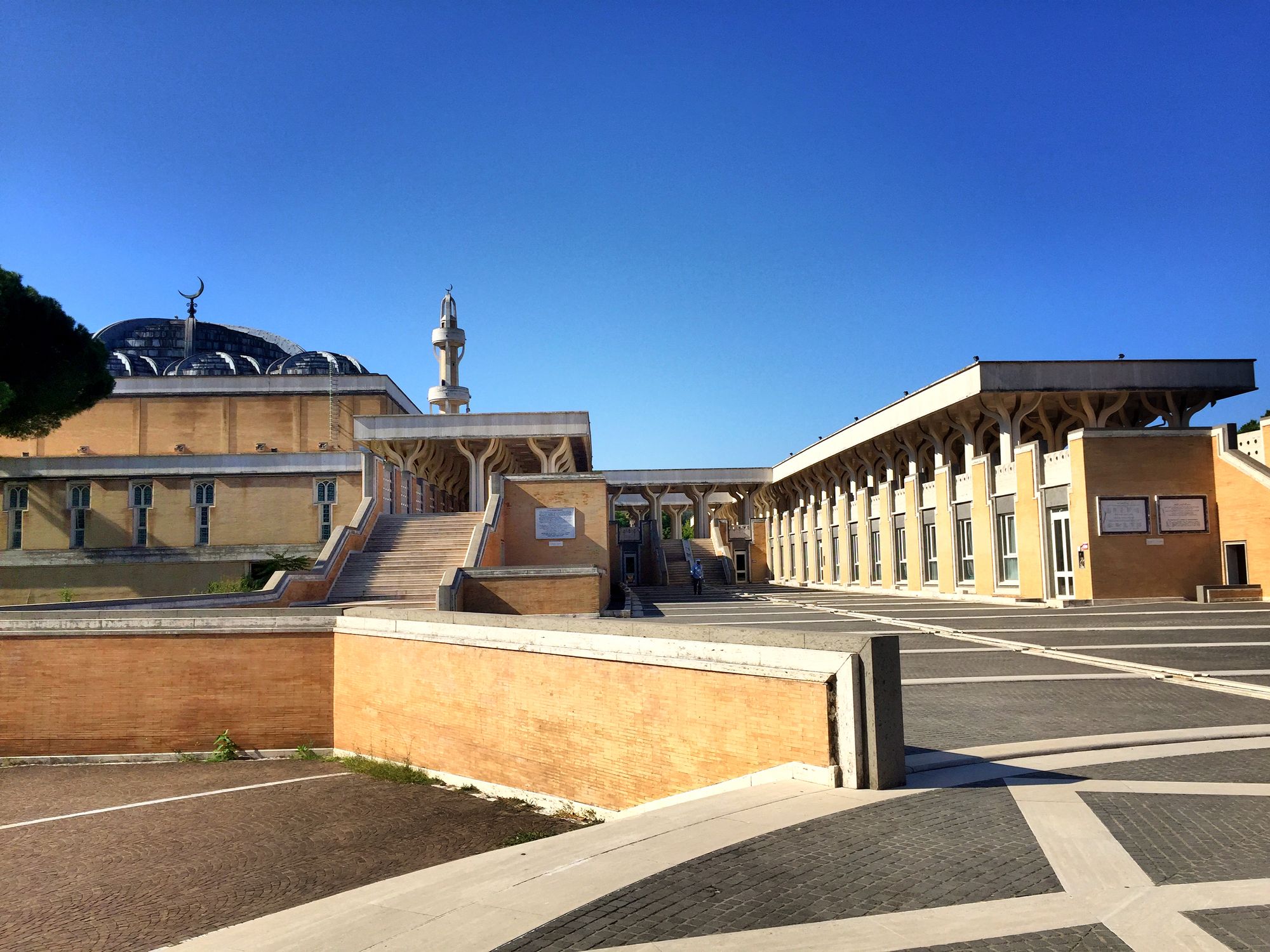
For more information and inspiration, read our dedicated blog: Rome - The Eternal City.
Adriatic Sea
Lucera
Lucera in the province of Foggia on Italy's Adriatic coast is a fascinating place for those looking for Islamic heritage in Italy. For 75 years in the 11th century, Lucera was home to an estimated 20,000 to 60,000 Sicilian Muslims. During this period, the Muslim community flourished with a cultural identity made up of Levantine Arabs, North African Amazighs, and Persians. Muslims experienced independent rights and practised their own Islamic Sharia law, despite being settled in Italy. They were also able to teach Islamic education through madrasas. The Lucera Cathedral, also known as Santa Maria della Vittoria, was once the site of the central mosque and Muslim centre of Lucera.
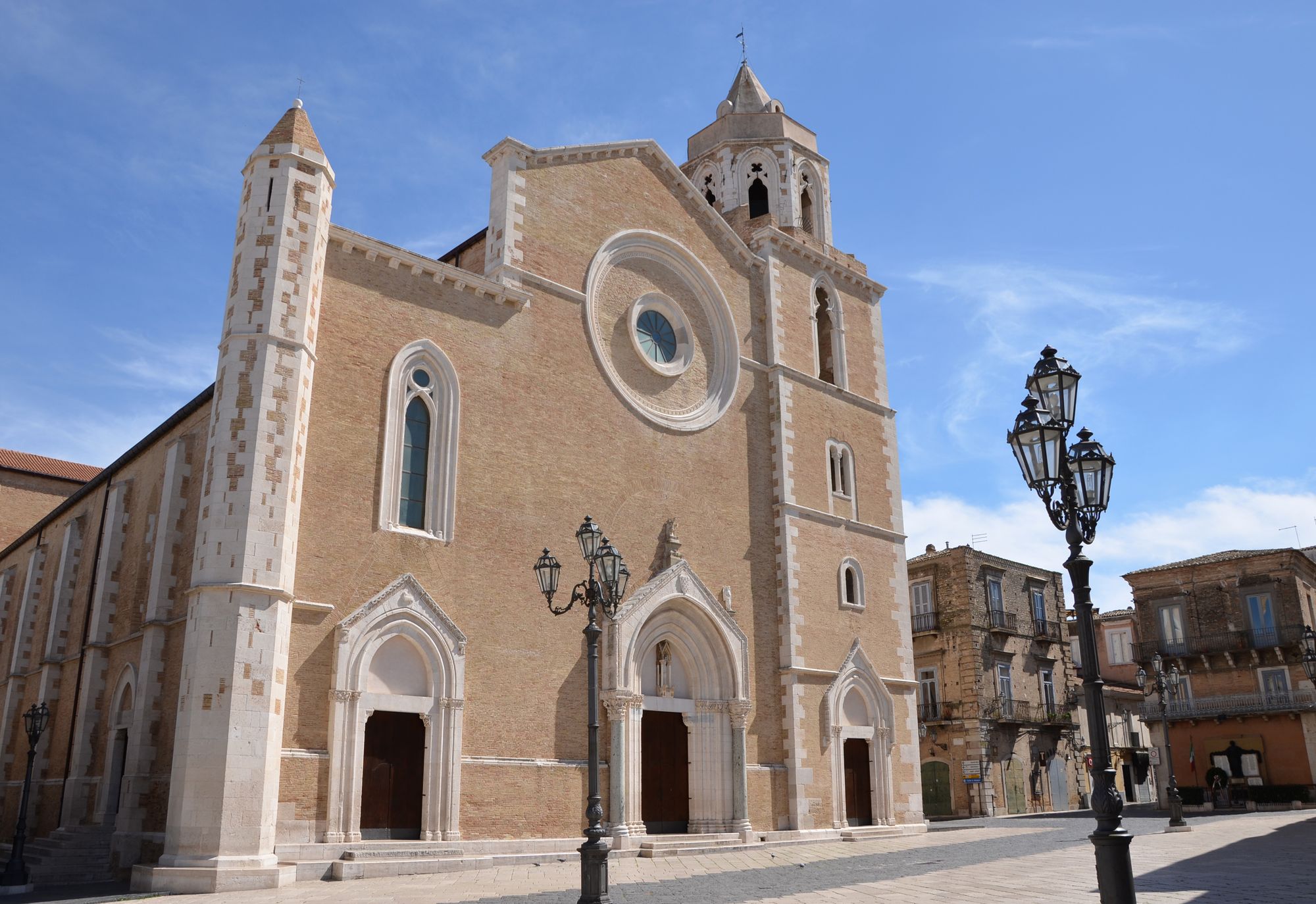
In 1300, Charles II of Naples launched an attack intended to traumatise and disperse the Muslim community of Lucera. Many Muslims experienced the chains of slavery or were forcibly exiled. A lucky few fled and found asylum in present-day Albania. This spelled the end of the prominent mediaeval Muslim population in Italy.
Bari
Bari's location on the edge of Italy made it a place of great importance in the Middle Ages. As a trading centre, mainly important for trade with the East, there was also a slave market in Bari, which served as a transshipment point for Slavic slaves from Eastern Europe to the Muslim states around the Mediterranean. The trade in slaves was a common practice throughout the Mediterranean and Adriatic. This trade and insider knowledge of the region made it easy for the 9th-century North African dynasty to conquer Bari. The Aghlabids, composed of sub-Saharan Africans and Amazighs, founded the emirate in 847 and initiated a short-lived 24-year Islamic state called the Emirate of Bari.
The emirate existed long enough to be recognised by the Abbasid caliph, establish relations with its Christian neighbours as recorded in monastic chronicles, and grant amnesty to pilgrims en route to Jerusalem. Not much survives from the Emirate of Bari today due to efforts to eradicate the presence of Islam in Italy, but sites such as Gravina di Puglia and Bari Cathedral are interesting as they date from the time of the Bari Emirate and have stood the test of time.
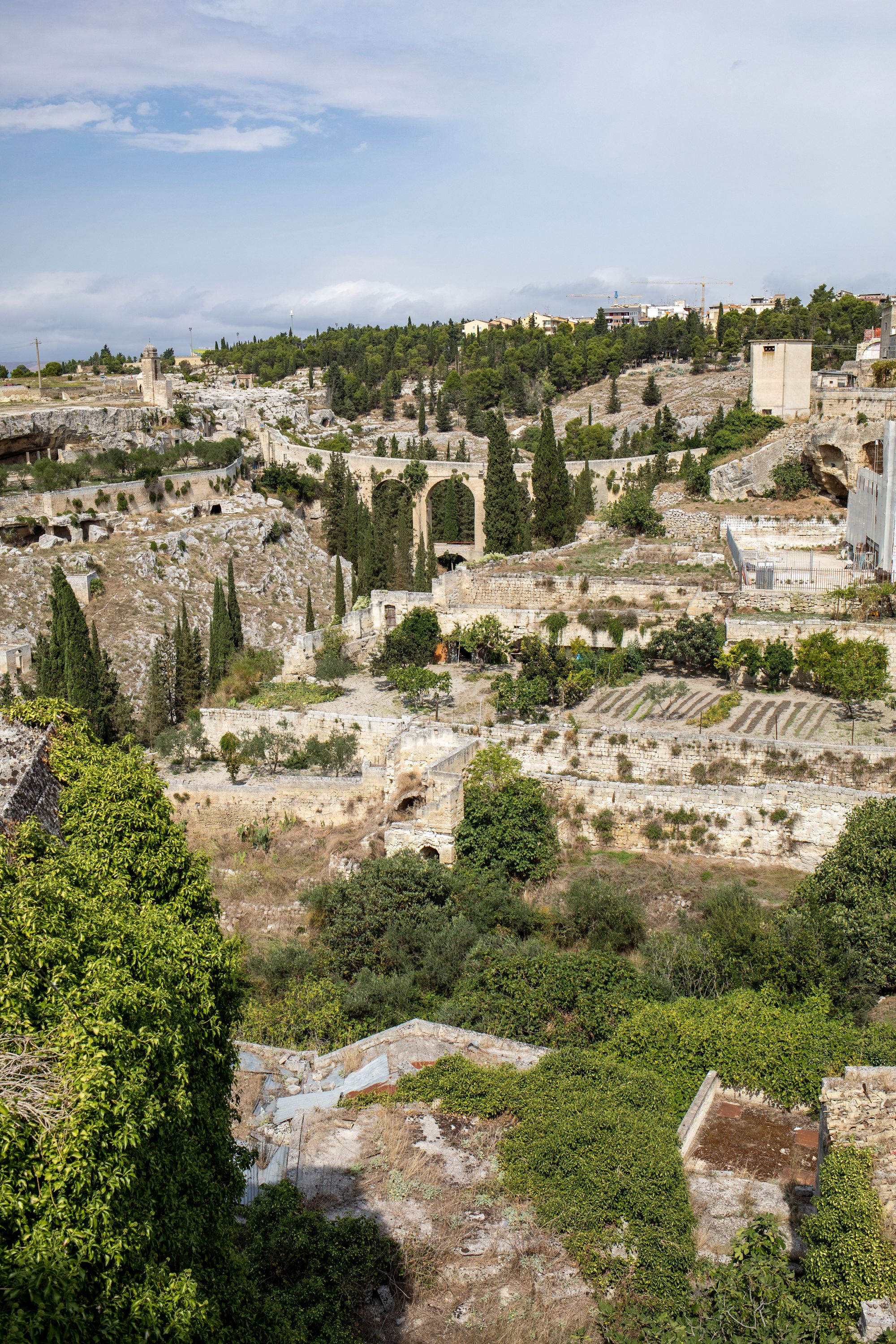
It is worth noting that Taranto in Puglia and Amantea in Calabria were also temporary Muslim territories in Italy in the 9th century, but archaeological and written evidence is becoming increasingly difficult to find due to the political climate surrounding Islam in Europe.
Venice
Venice was one of the most prosperous cities of the Italian Renaissance. Its location and connections to Constantinople, Egypt and the Holy Land made it a centre of commerce. Venice's reliance on trade and shipping meant that money and wealth came before religious and cultural differences. Venice's economy grew due to its expertise in maritime trade and trade in various resources from the East. Black pepper, considered the black gold of the Middle Ages, enriched Venice and was brought to Egypt from India and then sold across Europe from the Alexandrian markets in Venice.
Venetian glass work is well known, particularly on the island of Murano, but the history of glasswork in Venice begins with traders acquiring craftsmanship from Syria and Egypt. The ash used for the unique quality of Venetian glass originally comes from Egypt.

St. Mark's Basilica is one of the most visited cathedrals in Venice and a memorial to St. Mark the Evangelist. Among the magnificent display of gilded relief artwork and mosaics, visitors can see a mosaic depicting the theft of the relics of Saint Mark from Alexandria, Egypt. It is said that two Venetian traders stole his relics and placed them in a barrel of pork and cabbage leaves to avoid a thorough inspection by Muslim guards.
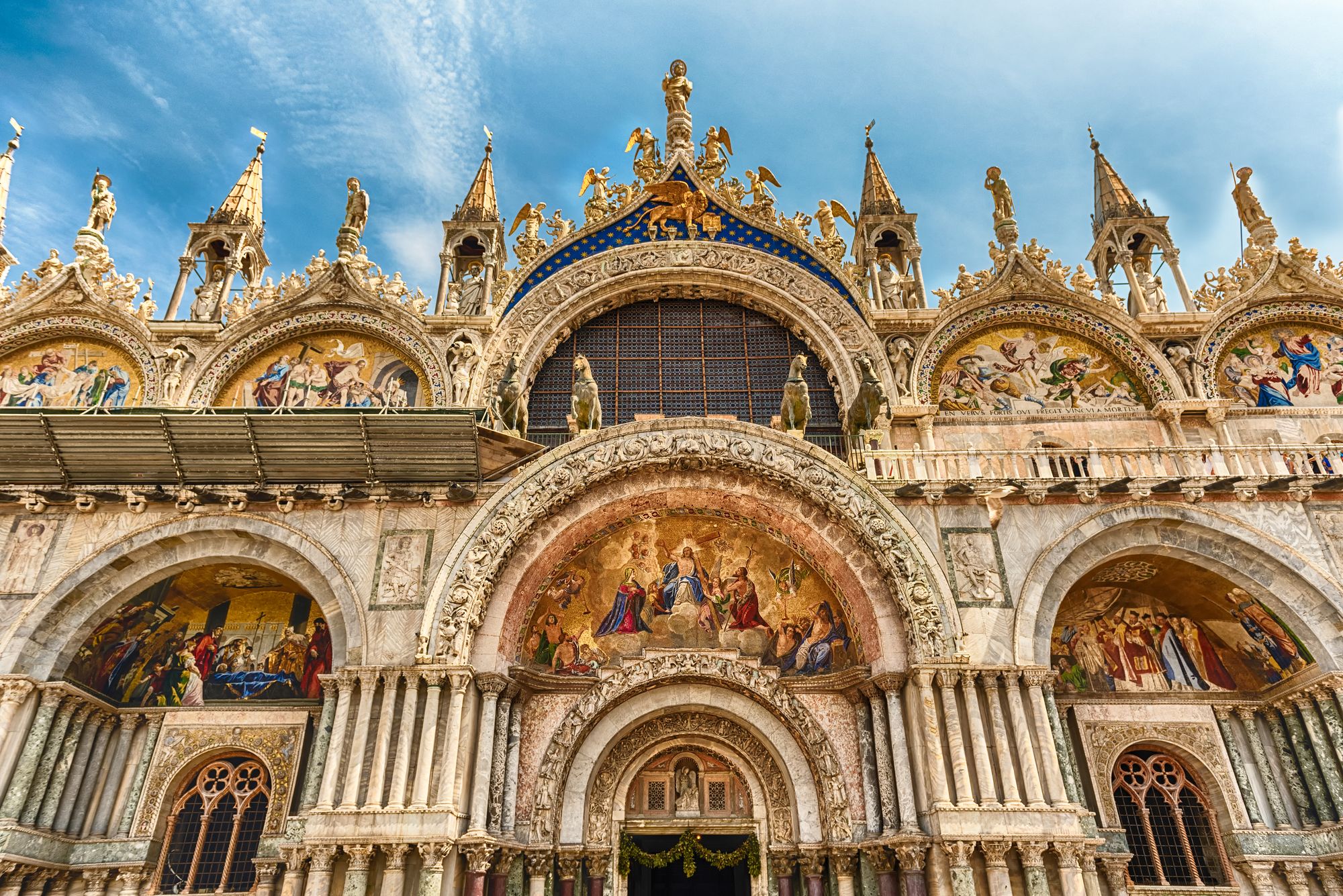
Southern Italy
Naples
Naples is the cobblestoned time capsule, home of Mount Vesuvius, Pompeii and Neapolitan pizza. It was also home to Cem Sultan, a pretender to the Ottoman throne in the 15th century. Although he was a Muslim, he was supported by the Pope and fled with his family to the Kingdom of Naples, where his male descendants were bestowed the title Principe de Sayd by the Pope in 1492. His family lived in Naples until the 17th century.

Cem Sultan was a political pawn in a major religious conflict between the Ottoman ruler Bayezid II and Pope Innocent VIII. In return for Cem's confinement Sultan Bayezid promised not to launch attacks on Rhodes, Rome or Venice as part of his expansion across the Mediterranean. This was mutually beneficial, as it ensured that the Ottomans did not have to worry about a competitor supported by European forces, while also ensuring that Italy was safe from coastal attacks.
Sicily
The Emirate of Sicily began in 831 and lasted until 1061. Until 902 the whole island was firmly Muslim. Agriculture in Sicily developed, with a focus on export, while handicrafts flourished in the cities. Sicilians lived as dhimmis (protected people) among the Muslims, in a very different Sicily from that which we know today. The politics of the time meant that Christian factions often sought an alliance with the Sicilian Muslims. The Sicilian population was a mixture of Moriscos, Andalusians, Arabs and Sicilians.
Palermo, the Arab city of Italy
Palermo became the capital of the Emirate of Sicily and grew to a splendour almost rivalling Córdoba and Cairo. Palermo is rich in Islamic heritage. Buildings such as the Palazzo dei Normanni, the official seat of the Sicilian Regional Assembly, was the original site of the Emir's Palace. Palermo Cathedral had a brief stint as a mosque, as evidenced by the first column in the original basilica. With domes, Arabic pinnacles, blind arches and cubic shapes, the Church of San Cataldo is one of the finest examples of Arab-Norman architecture.
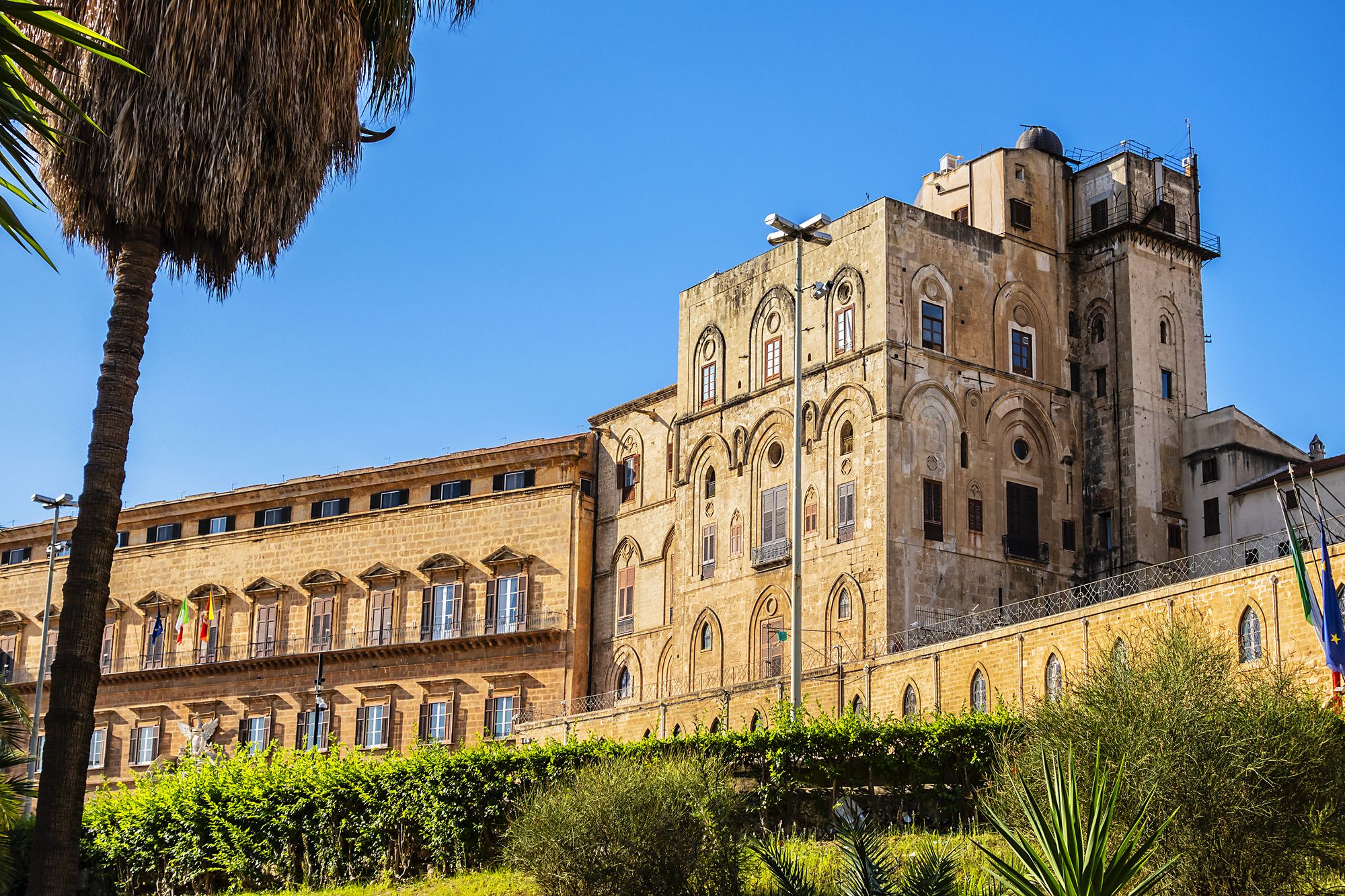
The UNESCO-listed Zisa Castle in Palermo was built by Moorish craftsmen for King William I in the 12th century. Designed in a Moorish style, it was built as a summer residence for the Norman kings and as a part of the large Genoardo hunting resort. The name "Zisa" derives from the Arab term Al-Azīz, meaning "dear" or "splendid". "Genoardo", which literally means "Earthly Paradise", is also derived from Arabic Jannat al Ardh. There have been many Italian additions over the years, yet to this day the rooms still house Islamic art and styles, underscoring that Islam and Italian influences can live side by side and create a rich heritage.
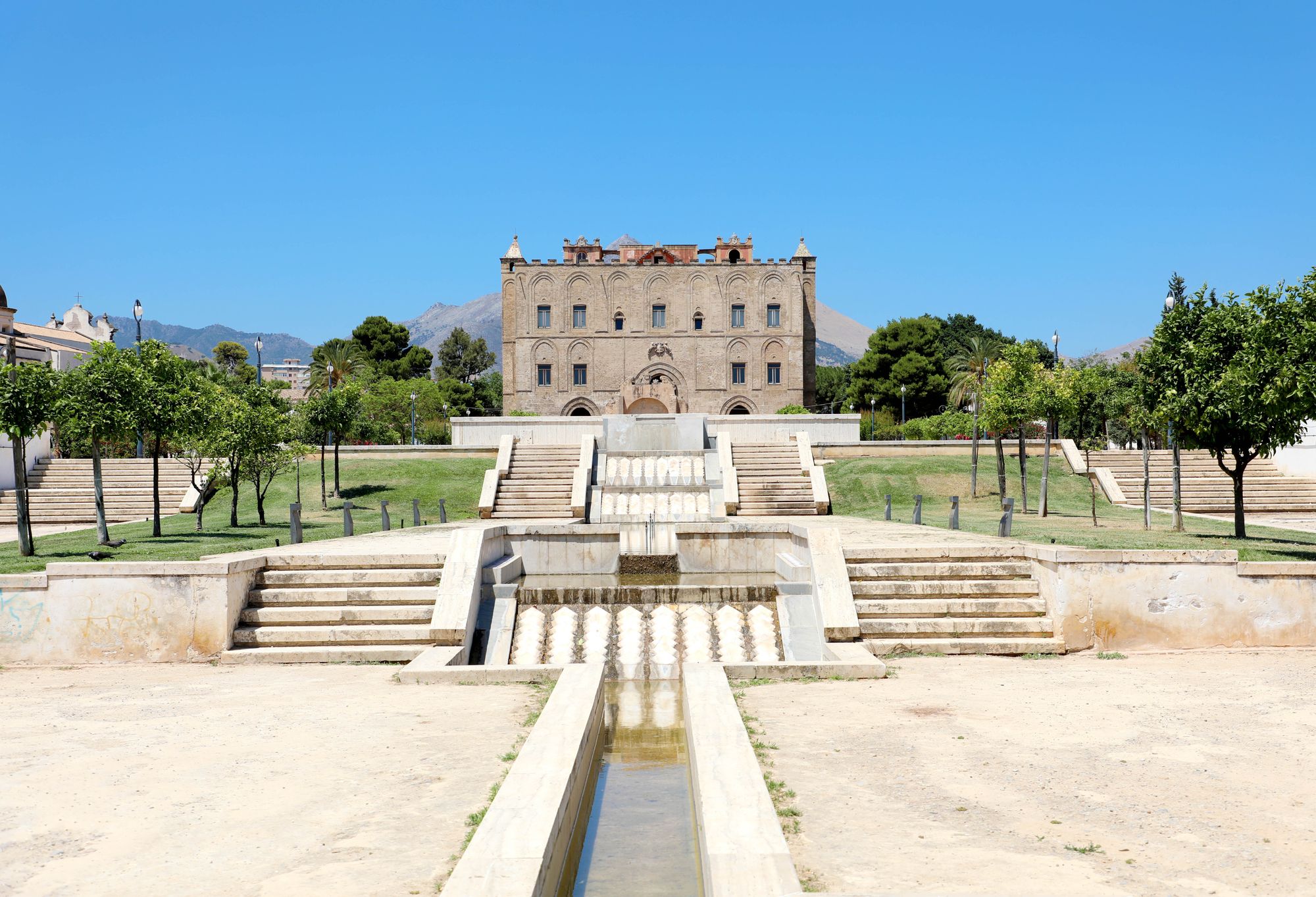
The Cappella Palatina, chapel of the Norman Palace in Palermo, is part of the Arab-Norman series and contains a mixture of Byzantine, Norman and Fatimid inspirations. Aspects like the clusters of four eight-pointed stars, typical of Muslim design, are arranged on the ceiling to form a Christian cross; the Muqarnas (ornate vaulted ceiling in Islamic architecture) were Fatimid innovations taken from Persia; and the domed apses are the reflection of Middle Byzantine art. This divine space embodies a melting pot of many cultures from the Mediterranean and Asia.
La Cubba is another Arab-Norman style palace. It is an almost cubic building with architectural aspects and influences of the Fatimids in its carvings and symmetries. Interestingly, this building was commissioned when the Muslims were expelled from Sicily, underscoring the blurring between political power and cultural appreciation.
Sights such as the Palermo Cathedral, the Church of Martorana and the Admiral's Bridge all meld Islamic and Eastern influences, creating Palermo's distinctive charm.
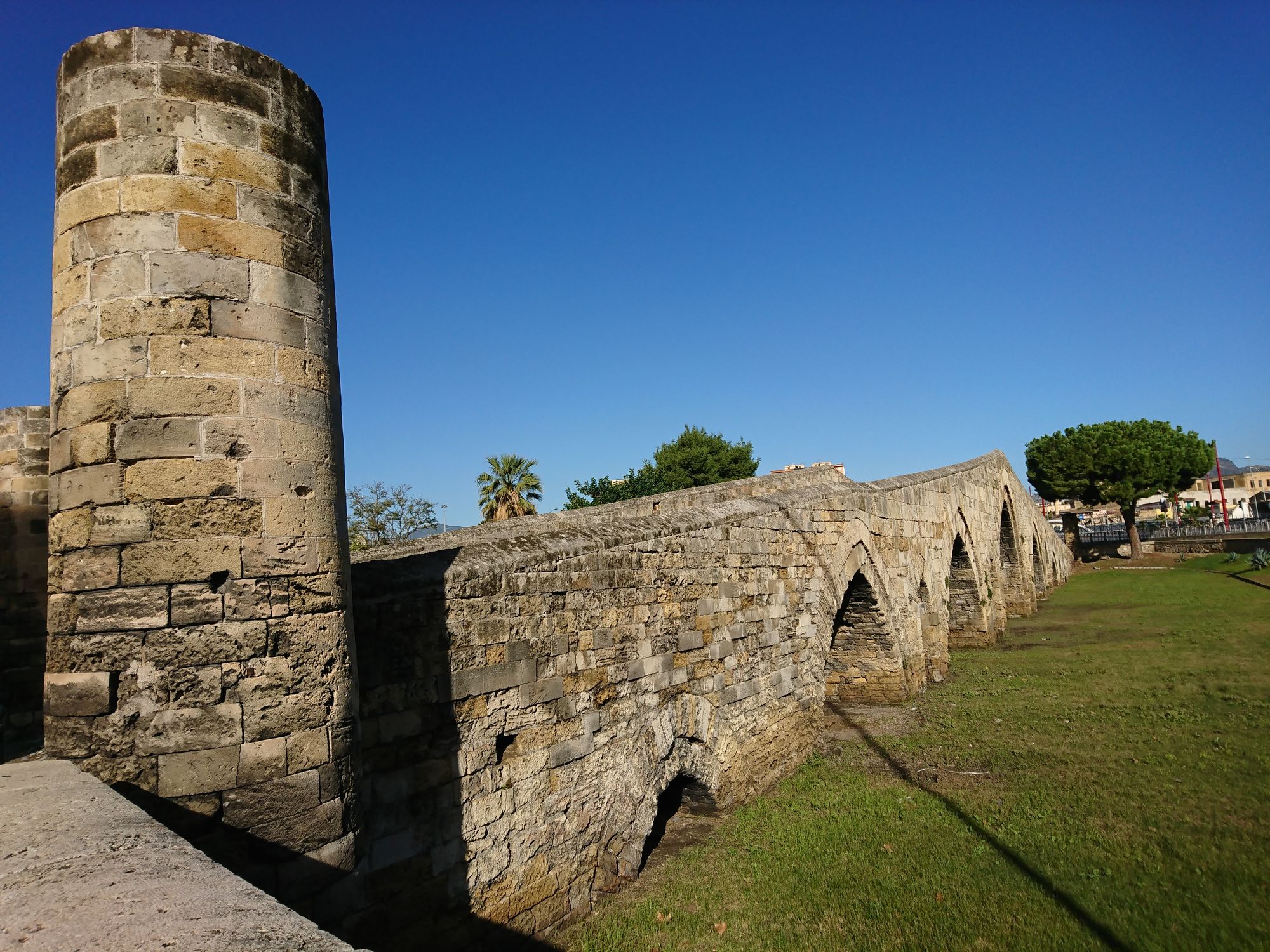
Intangible traces of Islam in Italy
Italian Renaissance - an offspring of Islamic Renaissance?
Since the Islamic Renaissance predates the Italian Renaissance by several centuries, it is impossible to consider the power and influence of the Italian Renaissance without considering the role of Islam in the background. So, as you visit Italian painters' galleries and pass by the Trevi Fountain, remember that even if what you see is European, the Islamic heritage is never too far away.
The Italian Renaissance was a movement that forever changed the face of Europe. This pinnacle of art, philosophy, literature, science and technology propelled European states out of the Middle Ages into a period of rebirth and revival. The Italian Renaissance unleashed the domino effect of modernism in Europe, the luxury and wealth of which we still experience today.
A major driving force of the Italian Renaissance, transcending all areas of this cultural movement, was the philosophical idea of humanism. Humanism was like the engine of the movement that revived interest in Hellenistic studies, Greek and Roman thought that would propel Europe out of its regression. Renaissance humanism can be defined simply as the right to respect and dignity, choice and freedom to conduct one's own life. In more complex terms, it encompassed the concept of fiction (writing beautifully), eloquent demeanour, and manual dexterity to reach the heights of genius. Although many factors aroused the Renaissance movement in Italy, including the wealth of Venice acquired through trade with the East, one factor that receives little consideration is the poignant importance of Islamic thought. The cross-cultural spread of Islam in the Middle East, Persia and even India played a crucial role in reviving Italy to its glory.
Similarities between Islamic and Italian Renaissance
There are many similarities between the Islamic Renaissance and its more famous Italian offshoot.
- Both were primarily concerned with continuing the cultural heritage of the Greco-Roman era.
- They willingly abandoned superstitions and traditional thoughts, preferring an in-depth study of the knowledge, sciences, and exploration of the arts made possible through the practice of patronage and government funding for the betterment of society and the love of humanity.
- They began to elaborate the notion of kinship and unity regardless of cultural origins, a concept found throughout the Qur'an with the central focus on the Ummah (community in Arabic).
- They focused heavily on the presentation of ideas, art and behaviour, and there was an increasing interest in aesthetics and beauty. This was found not only in artistic endeavours, architecture, and the dissemination of ideas, but also in the refinement of character and the novelty of being a human of noble qualities.
Transmission of texts via the Muslim world
In the 12th century, Sicily was conquered by the Muslims and was a centre of translation with a huge Greek-speaking population, often also trilingual in Latin and Arabic. By the 13th century translation tasks had shifted to Sicily as political instability increased in Andalusia.
During the Abbasid Empire, the scholars from the House of Wisdom in Baghdad not only translated en masse Greek, Persian, and Syriac texts, but expanded them and used them as a starting point for broader discussions of philosophical ideas. The Arabic sciences, composed of all disciplines, not just modern scientific research, were at the centre of growth during the golden age of the Abbasids. Philosophers such as Al-Kindi and Al Mansur used Greek works along with the Qur'an to rationalise philosophical ideas. This preservation and analysis of texts would also provide a great entry point into the Italian Renaissance period for the Latin West.
